Single Origin Chirancha from Nagayama san
Buy this tea here
Steamed Tea Background Information:
Steamed teas like sencha are one of the most traditional types of Japanese green tea. There are three main types of sencha; asamushi (light steamed, ~15seconds), chuumushi (medium steamed, ~15-45seconds), fukamushi (deep steamed, ~45+seconds). Lighter steamed teas tend to produce a golden yellow colour. Deep steamed teas however can produce vivid green colours usually with a thicker texture, and due to the longer steaming time the leaves are mostly broken and fragmented with many small particles, meaning we consume more nutrients (and caffeine!). Asamushi sencha leaves are mostly intact, rolled into needle shapes which unfold more attractively as infusions progress. Shincha (meaning new tea) is tea that has been picked during the first harvest of the year – in spring. Later harvests have drastically lower amounts of amino acids (which give us umami and sweetness) and higher catechin levels (astringency and some bitterness). After harvest the tea is steamed straight away to halt oxidisation, and will then go on to be dried and rolled through various processes, finally being fired (hiire) to further dry the leaves to under 5% moisture, and impart the final taste. Some Japanese green teas are made from blends of different cultivars or regions, and some are single cultivar (similar to coffee/whisky). Blends are created by tea masters who taste many teas and then choose a selection to combine for a desired final taste that is easier to replicate year after year by adjusting the cultivar ratios. Single cultivar teas show the drinker how that year’s particular harvest was for that cultivar, as easy year can be quite different. This allows the drinker to build up a mental profile of that cultivar’s characteristics with time, bearing in mind there will also be large influences from the region/terroir and the specific farmer and producer’s growing and finishing methods.
Notes For This Particular Tea:
Nagayama san is a grower of Chirancha. Chirancha is to Kagoshima what Yamecha is to Fukuoka, Ujicha is to Kyoto, and Sayamacha is to Saitama. He specialises in five single cultivars; Saemidori, Yutakamidori, Yabukita, Meiryoku, and Okumidori. With the stems of these teas he creates a light roast and a dark roast houjicha. He is currently debating whether to shade some of his sencha fields to grow tencha instead, but at the time of our 2025 April shincha visit, seemed to be leaning against doing so. We absolutely love his sencha and houjicha, and hope you do too!
Nagayama san has chosen two cultivars to combine for his 2025 blend - Saemidori and Yutakamidori (his 2024 blend was Saemidori and Okumidori). Each year he will choose a different combination of cultvars so we hope you can enjoy it this year! We find that this blend has an entrancing deep aroma before and after brewing - please pay attention to it! Saemidori contributes sweetness and clean umami, but the depth and slight sharpness of Yutakamidori come together wonderfully. Please look forward to his single cultivars!
Our notes on the five cultivars in 2025:
1. Saemidori - the first picked out of the five cultivars, a symbol representing spring - overall a very gentle umami and sweetness profile with no bitterness or astringency (even when brewed at higher temperatures), with a lingering sweetness in the aftertaste.
2. Yutakamidori - a cultivar that is very sensitve to cold temperatures - the flavour can vary dramatically each year. You can expect a balance of bold umami and bitterness with low sweetness.
3. Yabukita - the staple cultivar for Japanese tea, Nagayama san aims to make it more special by shading the tea before harvest, enhancing an ordinary Yabukita to a more elegant, quality tasting. Strong sweetness and umami with a touch of bitterness.
4. Meiryoku - a very rare cultivar! Expect refreshing notes with noticeable umami, also with an elegant lingering astringency.
5. Okumidori - the last to be picked out of these five cultivars, also shaded for a few days before harvest. The colour and the scent reminds you of being deep in the mountains. Intense and rich roasty and fruity sweet umami notes with little to no astringency or bitterness. Still one of our most interesting cultivars!
Our notes on the five cultivars in 2024:
1. Saemidori - the first picked out of the five cultivars, a symbol representing spring - strong umami with a gentle sweetness that lingers in the aftertaste.
2. Yutakamidori - a cultivar that is very sensitve to cold temperatures hence the flavour can vary differently each year. Expect a balance of umami and bitterness.
3. Yabukita - the staple cultivar for Japanese tea. Overall a decent umami profile with a slight well rounded astringency and bitterness.
4. Meiryoku - expect refreshing notes that makes this tea stand out from the other four, it is a very easy drinking tea especially for beginners who are unfamiliar with umami notes. It has an elegant lingering astringency and unique aroma.
5. Okumidori - the last to be picked out of these five cultivars (the oku prefix denotes late picking), the colour and the scent reminds you deep in the mountains, intense and rich fruity umami notes. A very exciting cultivar for sencha as well as matcha at the moment!
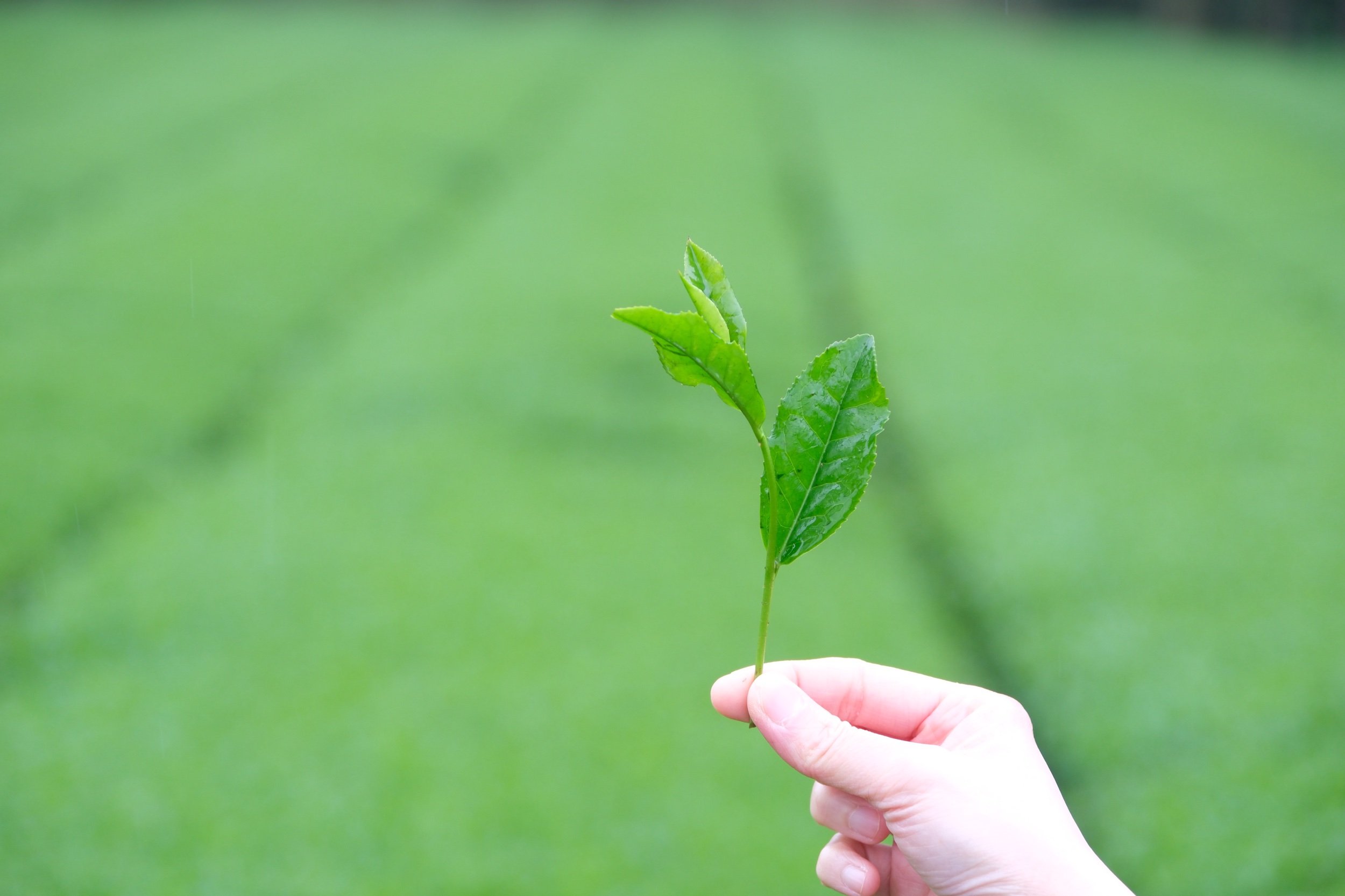
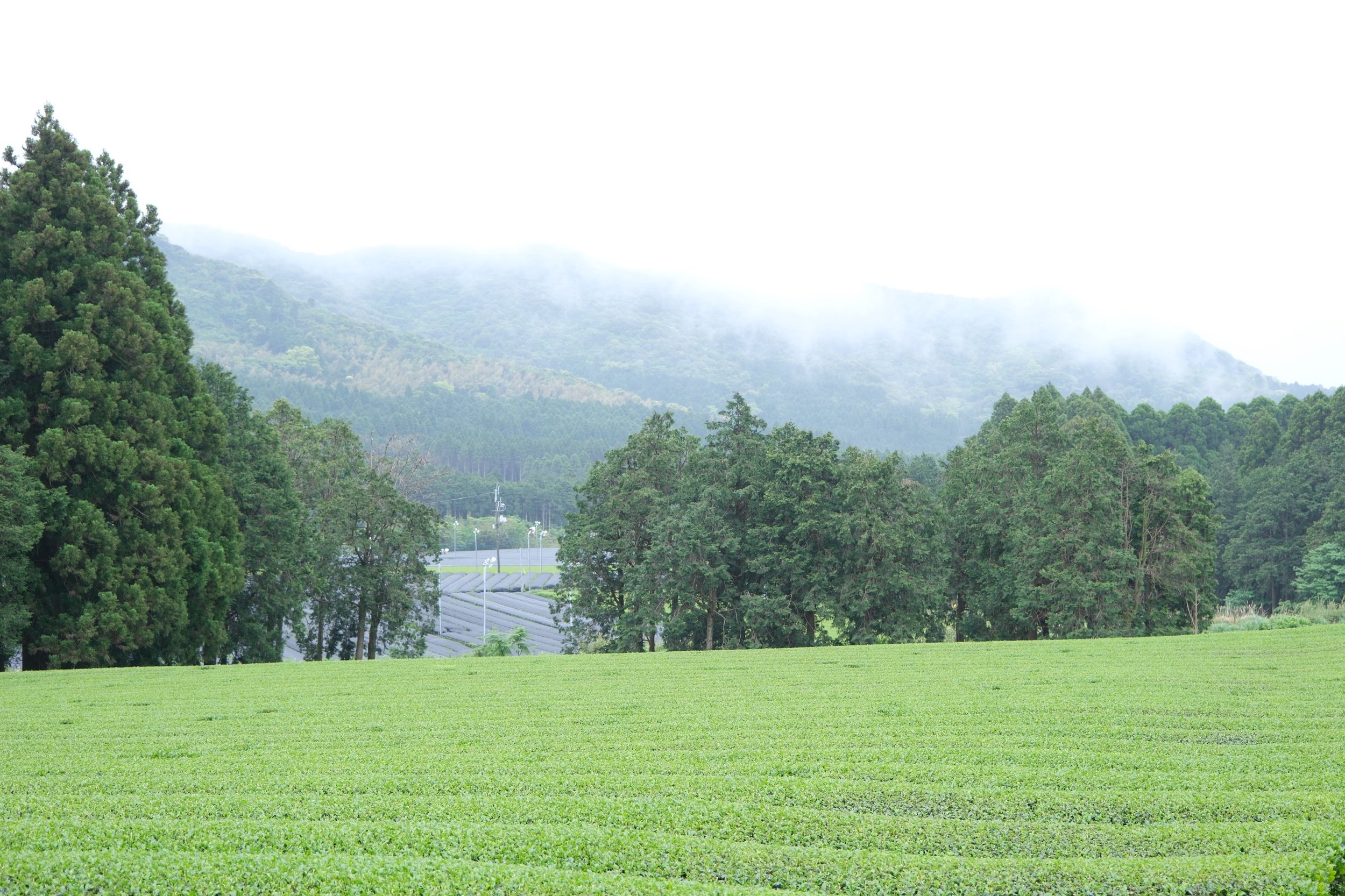

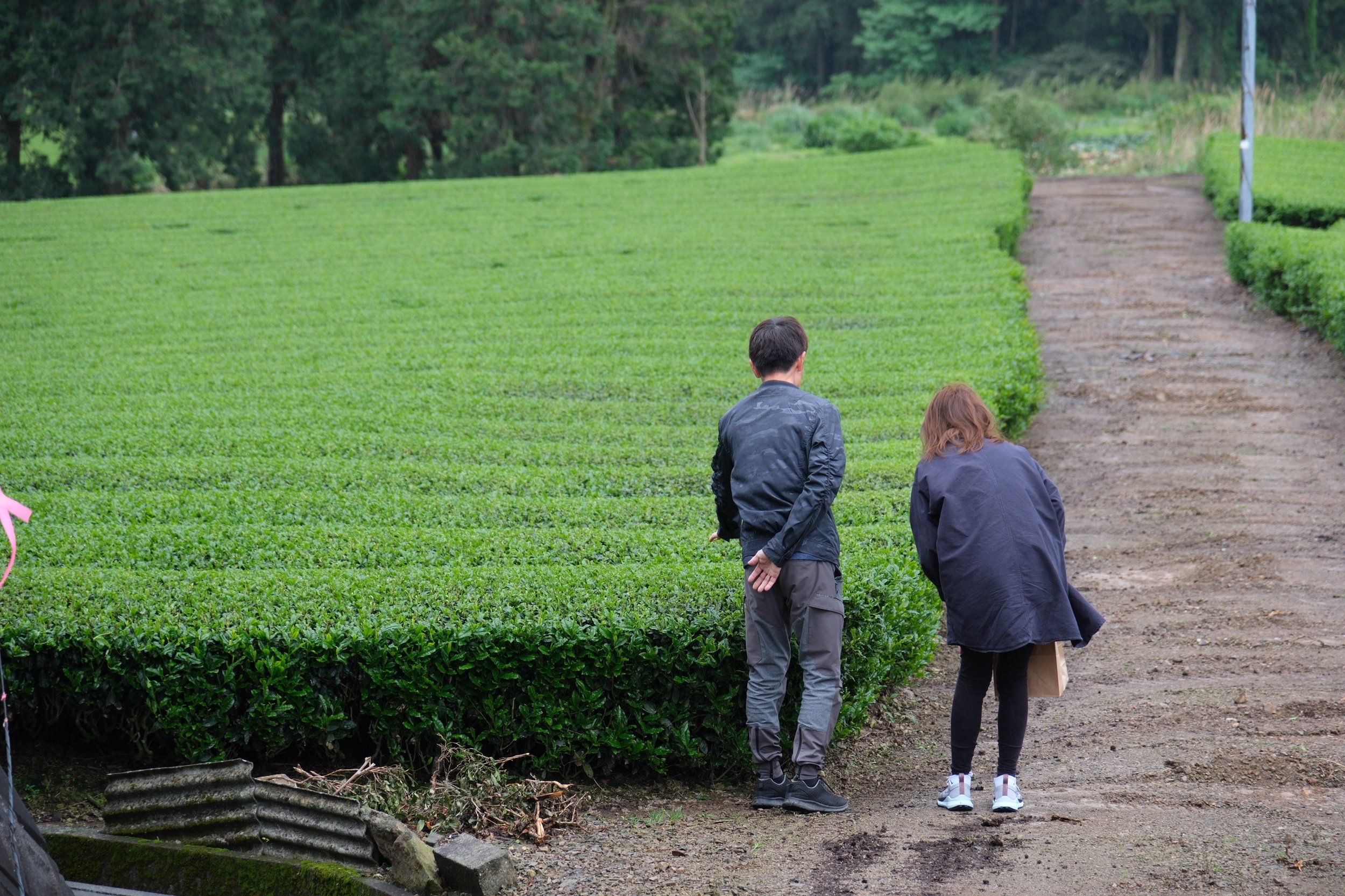
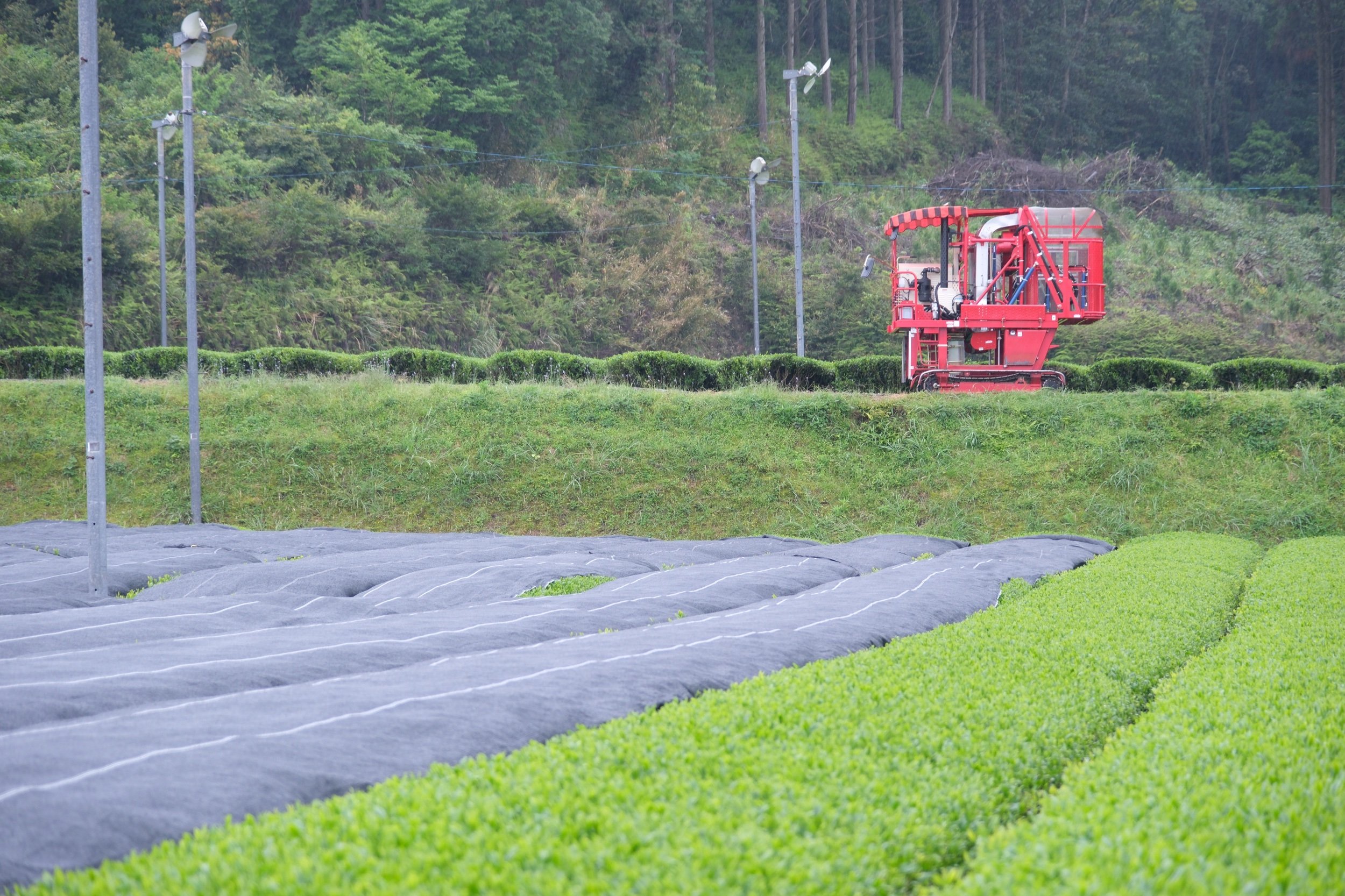
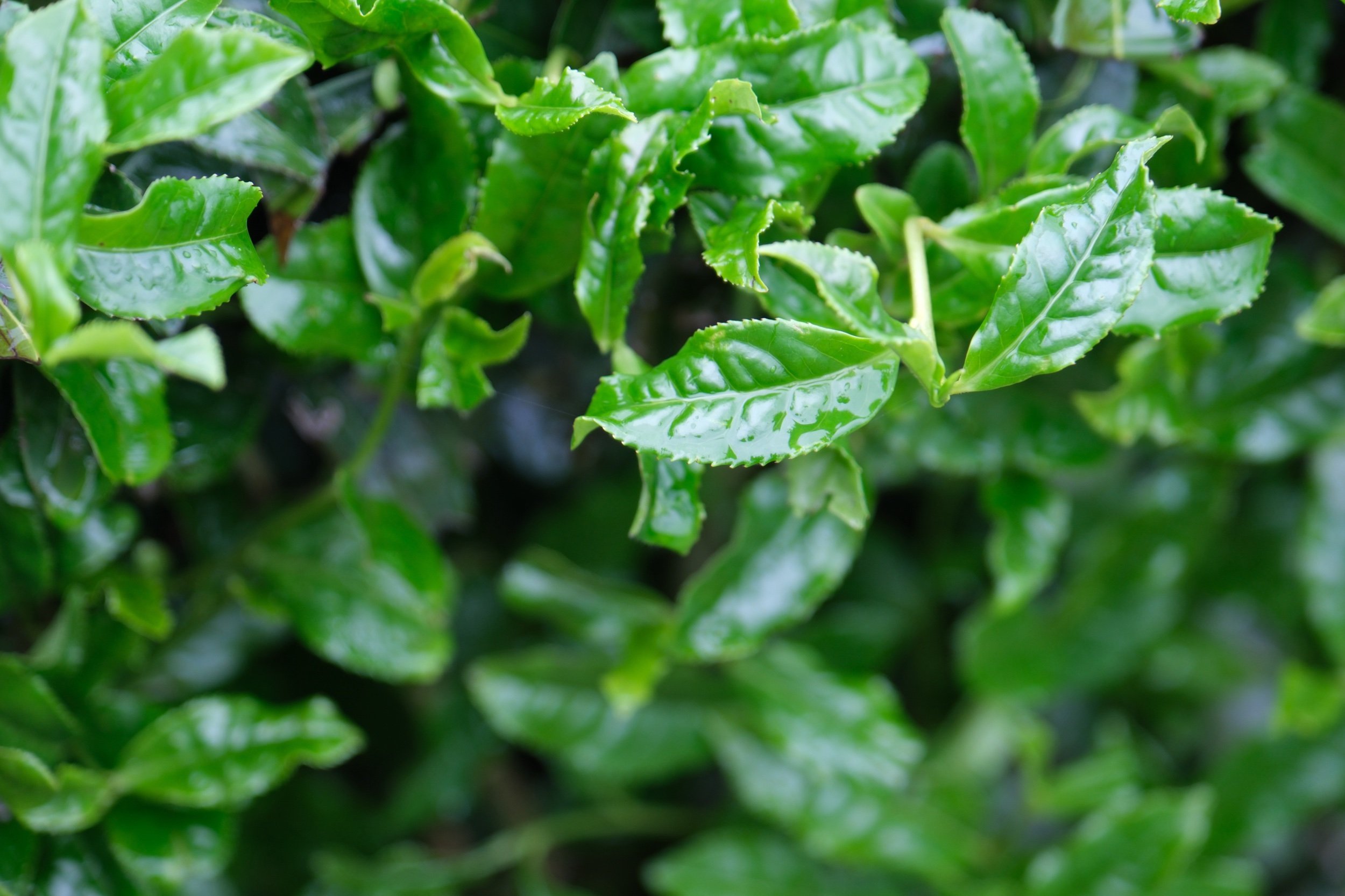
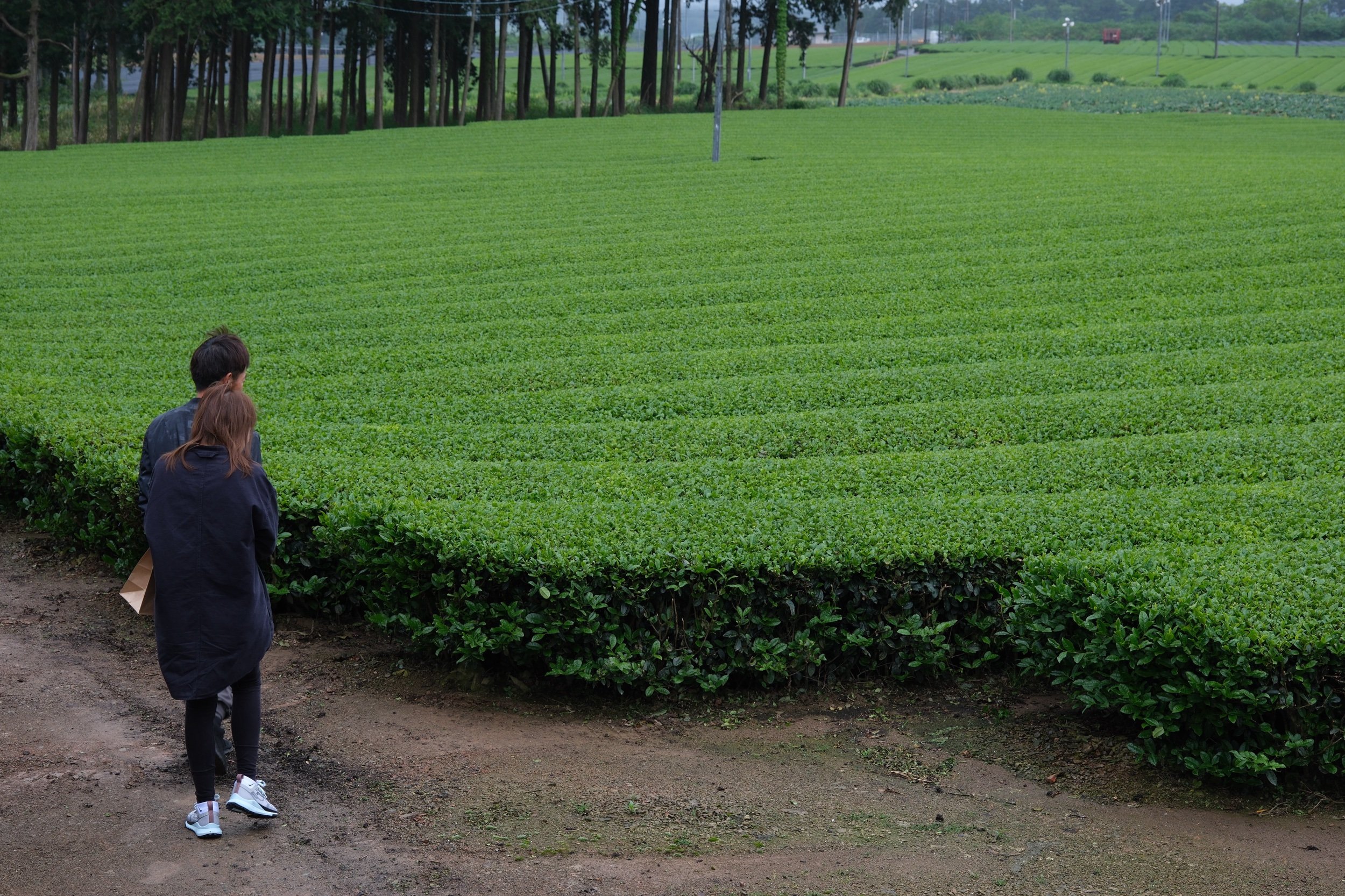

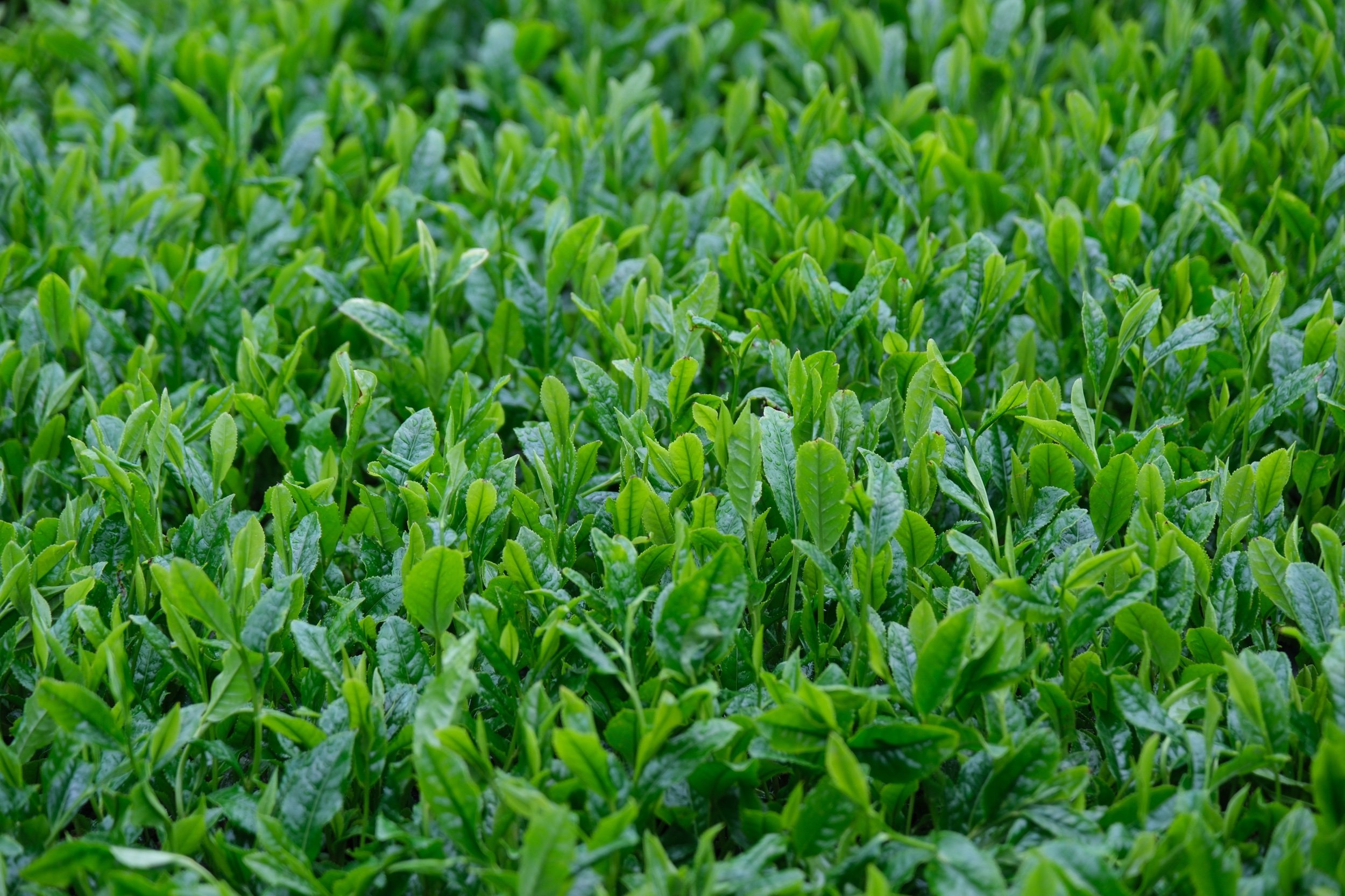
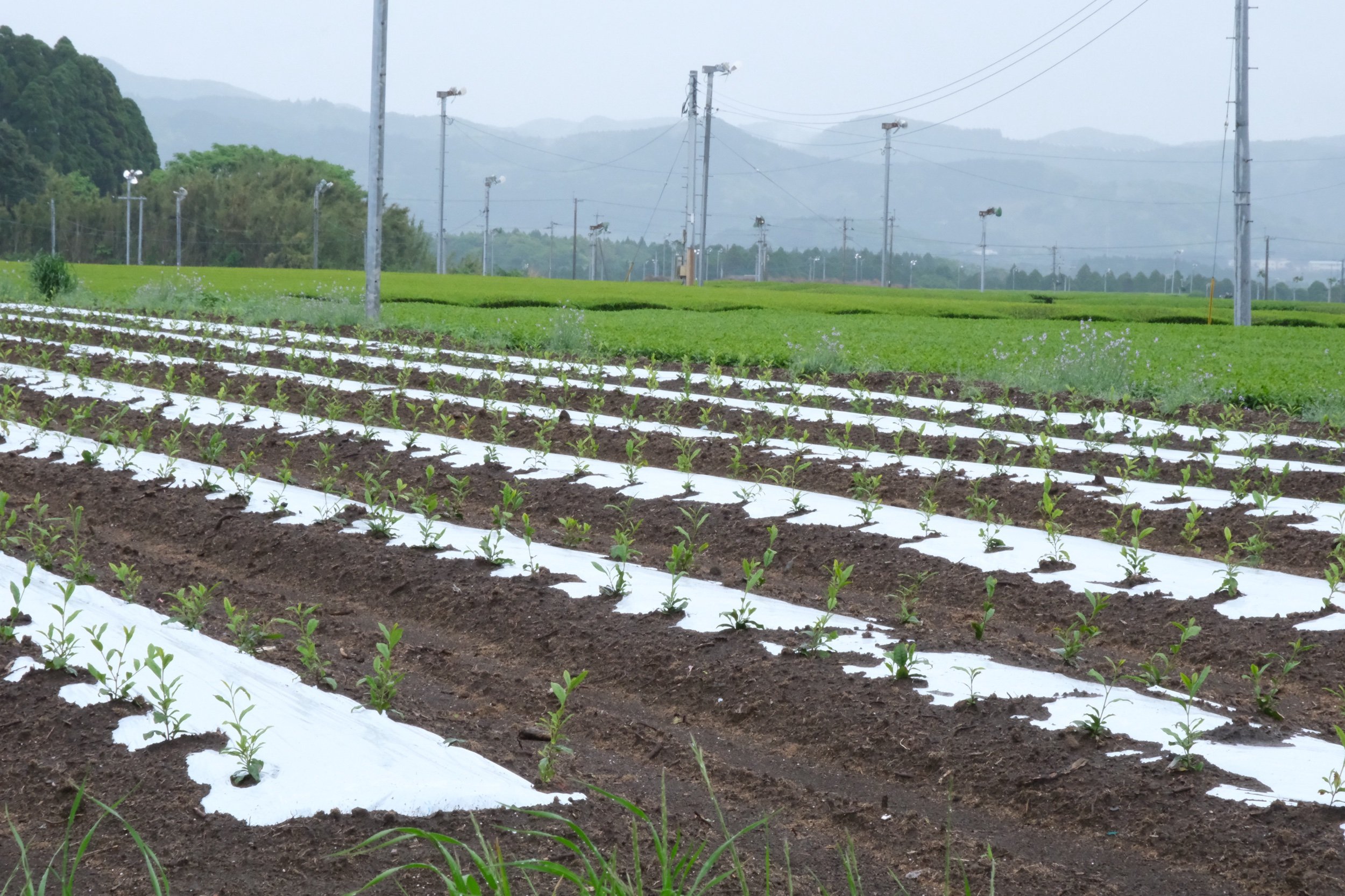
Please experiment with brewing to find your personal preference. A good starting point is listed below.
Hot brewing guide:
Tea 5 grams (~1 teaspoon)
Water 90ml
First infusion 60°C for 50sec
Second infusion 70°C for 15sec
Third infusion 80°C for 5sec
Cold brewing guide:
Sencha 5 grams
Water 300ml for 6-12 hours
Spring or filtered water is recommended (specifically we look for a TDS of 30-80 - if you’re in the north of england tap water should be fine, and if you’re in the south you are probably familiar with water filters already). Simply pour the tea leaves on water and keep in the fridge overnight, or for 6-12 hours. Avoid vigorous handling/shaking. We use an ice and water mixture so that the brewing temperature is around 6 degrees celcius from start to finish, but forgoing the ice is absolutely okay. The duration of the brew can be experimented with to find your personal preference and when you are happy with the flavour, strain and dispose of the leaves. Consume within 24 hours.
Storage:
Store in a cold environment (6-10°C) and avoid exposure to light, air, heat, moisture and strong smells - these will degrade your tea. Best consumed within 1-2 months from when it is first opened. Nagayama san packs his tea in smaller than usual pouches, which we like as it means it is easier to finish the tea before it loses freshness due to oxidisation.

